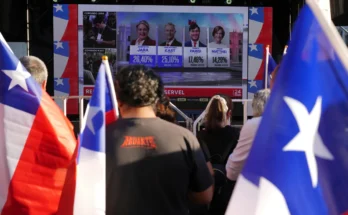“Young people are very frustrated” about dangerous working conditions and unaffordable housing, said Verónica Díaz, social issues course coordinator at the National Distance Learning University. “They believe that traditional political parties have not only failed to solve their problems, but that they themselves are part of the problem.” This strengthens the appeal of “anti-system discourse” from extreme right groups.
Díaz noted a “lack of history teaching” and an increasing number of Internet contributions that “reinterpret history”. This causes younger generations who do not have “sufficient critical inquiry skills” to “conflate these narratives with legitimate historical representations.”
In Iznalloz in southern Spain, history teacher José María García tries to close the knowledge gap. For five years he had developed lessons designed to explain to his students “what fascism really was under Franco’s rule.” This project aims to enable students to develop perspectives different from those they encounter on the Internet.
15-year-old Hugo Guindos and Erika Hurtado, who is one year older, report that they are seeing more and more interest in Franco among their classmates. TikTok influencers “speak without argument, and people who don’t have an argument and listen to the argument will believe it,” Hurtado said. It was only through their history teacher’s project that he and Guindos learned that torture was also common in their region under Franco’s rule and that there were many mass graves.
It is important to “raise the current generation’s awareness of the past – especially now when the Franco cult is once again gaining strength,” said 15-year-old Hugo. The dictator is often misunderstood, added Erika. “It’s not a good time as people say.”


